
How to Use Fan Heater 12 v: Examples, Pinouts, and Specs
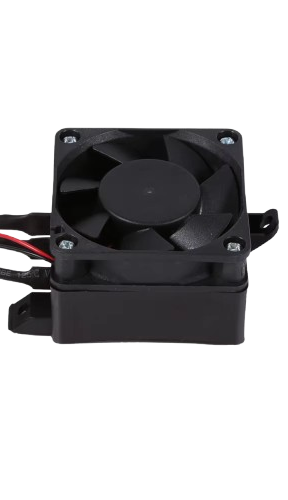
 Design with Fan Heater 12 v in Cirkit Designer
Design with Fan Heater 12 v in Cirkit DesignerIntroduction
The Fan Heater 12V is an electronic component designed for heating applications within small spaces. It combines a heating element with a fan to circulate warm air efficiently. This component is ideal for use in DIY projects, small enclosures, or as a supplemental heat source in various electronic applications.
Explore Projects Built with Fan Heater 12 v
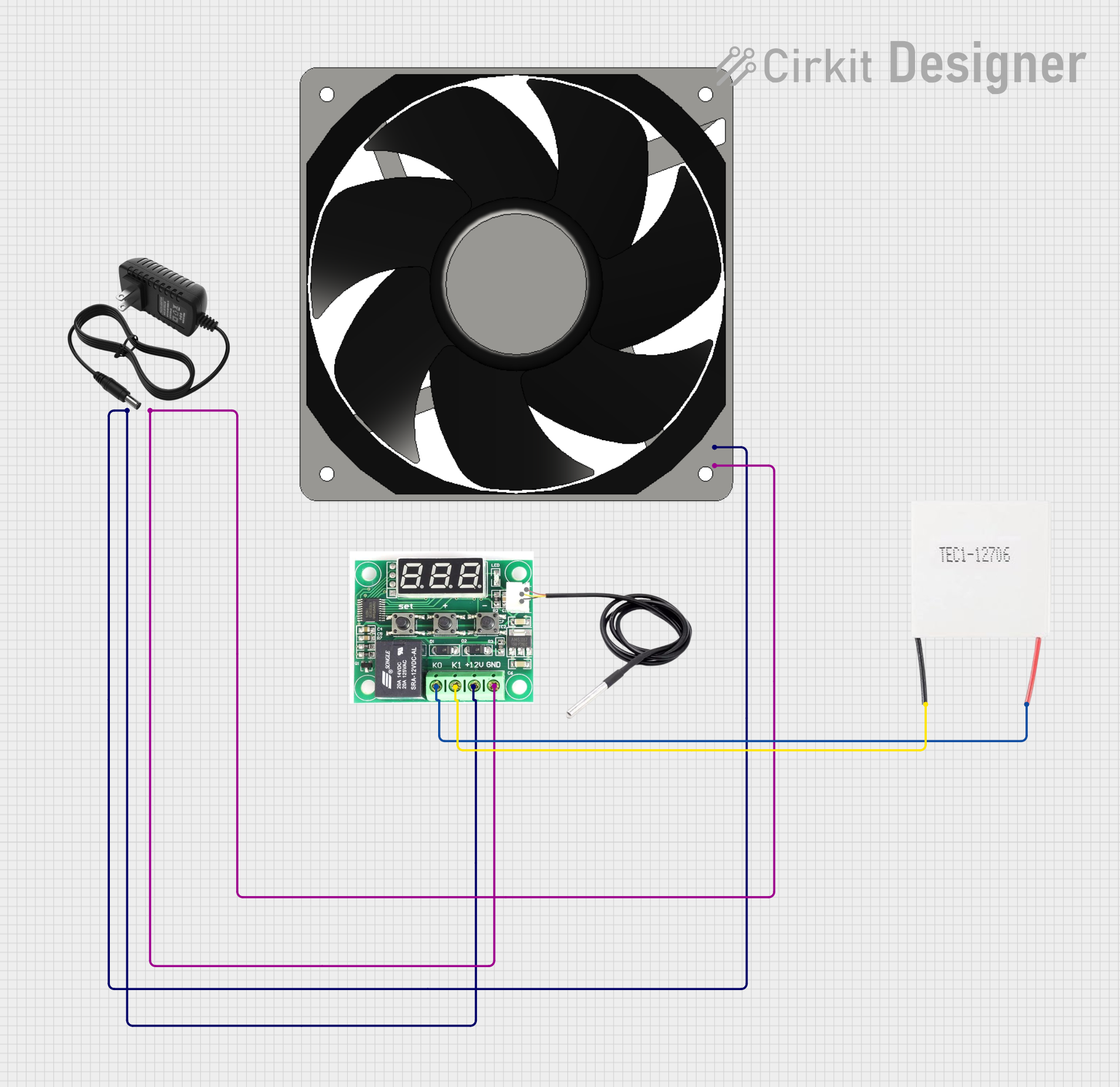
 Open Project in Cirkit Designer
Open Project in Cirkit Designer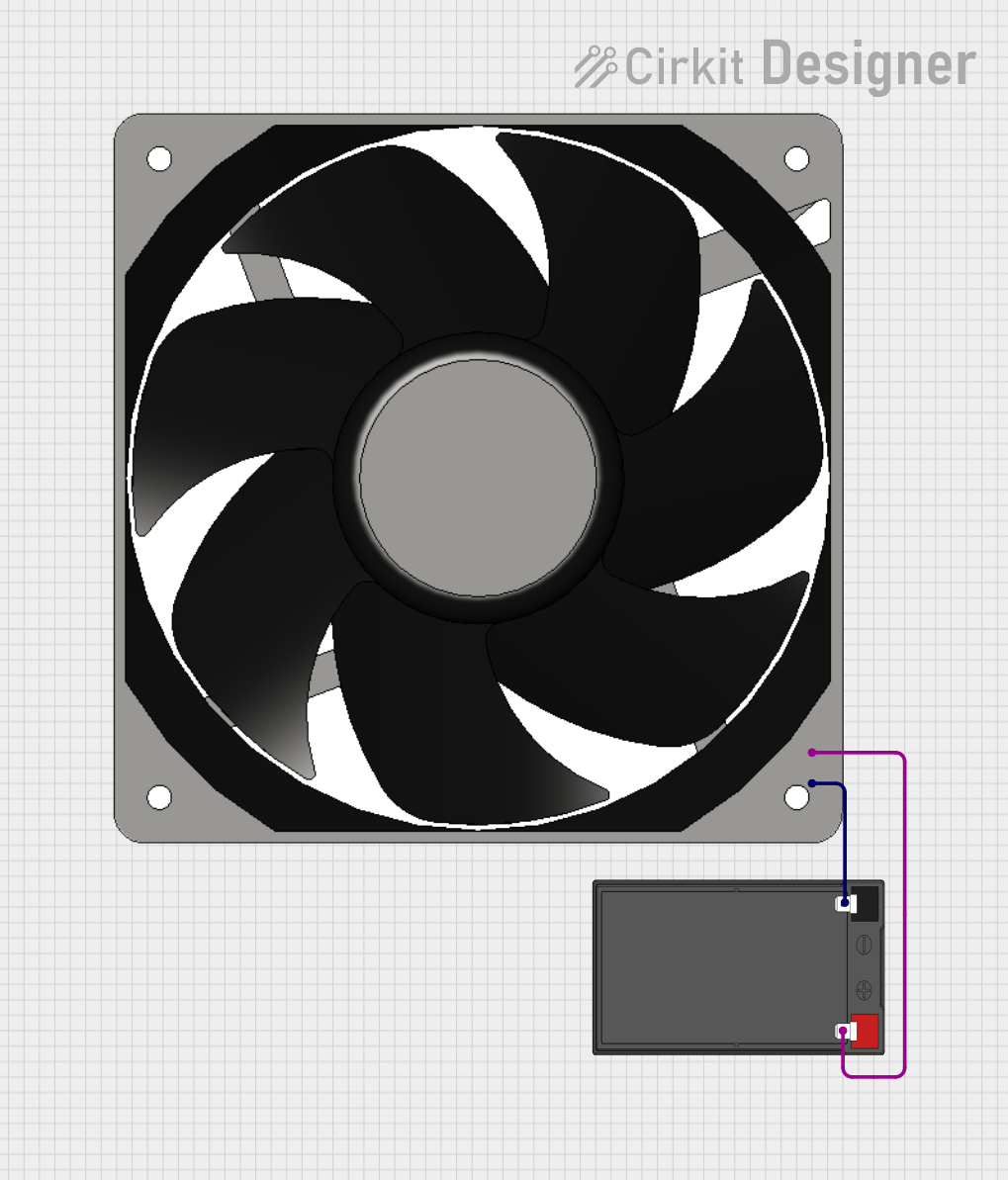
 Open Project in Cirkit Designer
Open Project in Cirkit Designer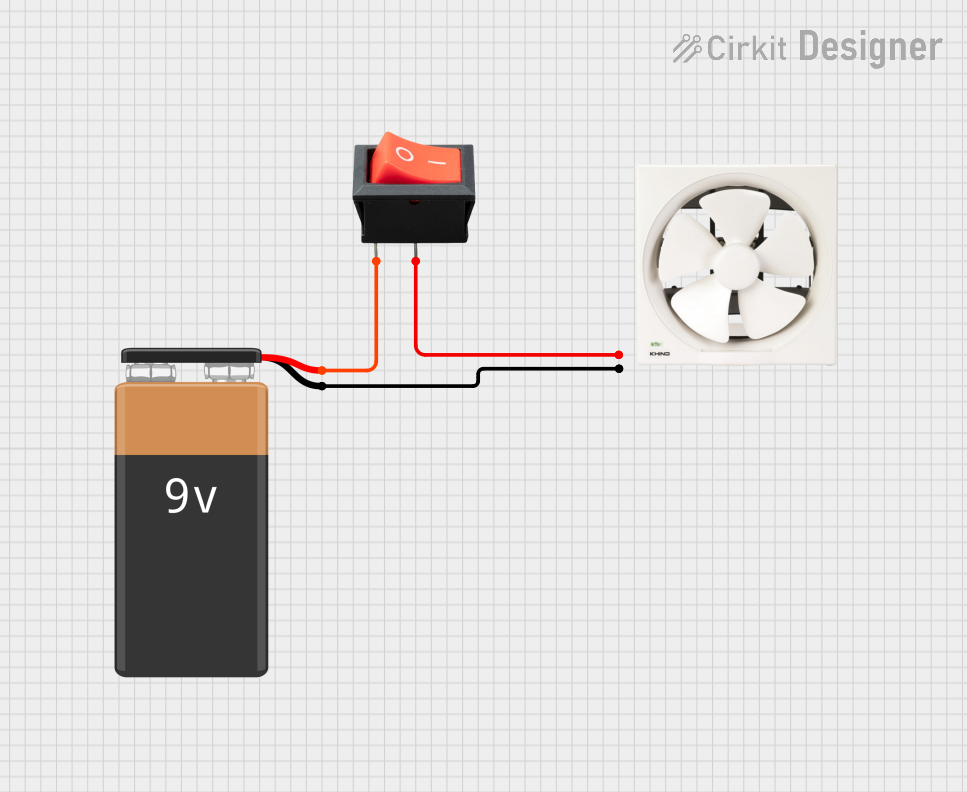
 Open Project in Cirkit Designer
Open Project in Cirkit Designer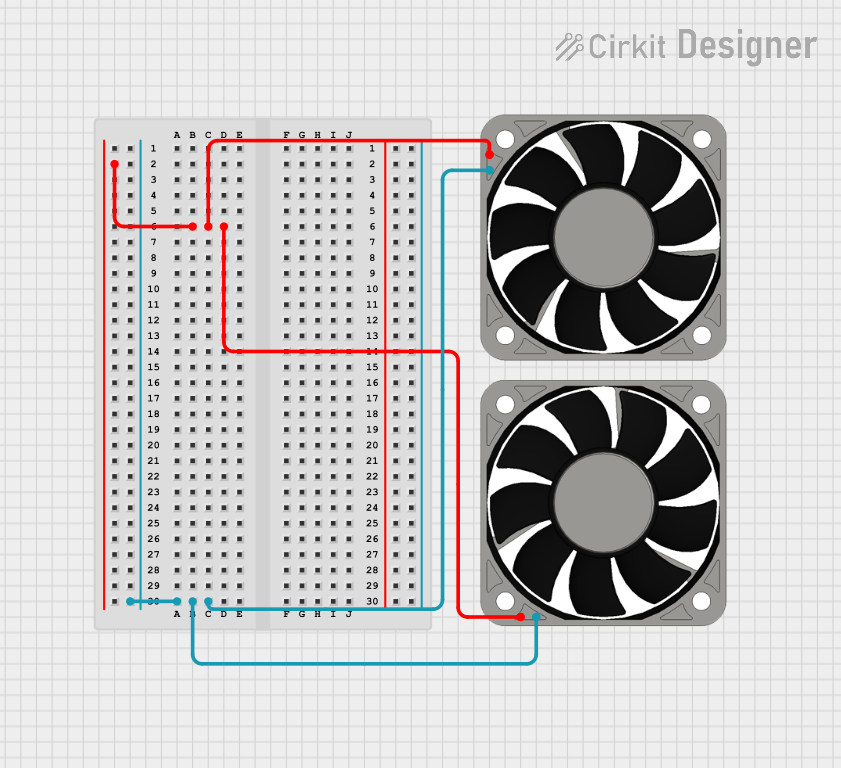
 Open Project in Cirkit Designer
Open Project in Cirkit DesignerExplore Projects Built with Fan Heater 12 v

 Open Project in Cirkit Designer
Open Project in Cirkit Designer
 Open Project in Cirkit Designer
Open Project in Cirkit Designer
 Open Project in Cirkit Designer
Open Project in Cirkit Designer
 Open Project in Cirkit Designer
Open Project in Cirkit DesignerCommon Applications and Use Cases
- Personal DIY climate control projects
- Small-scale incubators
- Electronic enclosures to prevent moisture buildup
- Automotive applications for heating
Technical Specifications
Key Technical Details
- Voltage Rating: 12V DC
- Current Consumption: Varies with model (typically 2-5A)
- Power Rating: Varies with model (up to 60W)
- Operating Temperature Range: -10°C to +60°C
Pin Configuration and Descriptions
| Pin Number | Description | Notes |
|---|---|---|
| 1 | Positive Voltage (V+) | Connect to 12V DC power supply |
| 2 | Ground (GND) | Connect to system ground |
Usage Instructions
How to Use the Component in a Circuit
- Power Supply Connection: Connect the positive terminal of a 12V DC power supply to Pin 1 (V+) of the fan heater.
- Ground Connection: Connect the ground terminal of the power supply to Pin 2 (GND) of the fan heater.
- Switching: To control the fan heater, use a switch or a relay between the power supply and the heater's positive terminal.
- Thermal Management: Ensure that the fan heater is placed in an area with sufficient airflow to prevent overheating.
Important Considerations and Best Practices
- Voltage Regulation: Ensure that the power supply delivers a stable 12V DC to prevent damage to the heater.
- Current Capacity: The power supply should be capable of providing the current required by the fan heater.
- Safety Precautions: Avoid touching the heater when in operation as it can get hot.
- Insulation: Properly insulate all electrical connections to prevent short circuits.
- Ventilation: Ensure the component is used in a well-ventilated area to prevent overheating.
Troubleshooting and FAQs
Common Issues Users Might Face
- Heater Not Working: Check the power supply connections and ensure the voltage and current ratings are adequate.
- Insufficient Heating: Verify that the airflow is not obstructed and that the heater's intake and exhaust areas are clear.
- Overheating: Ensure that the heater is not enclosed in a space too small for the generated heat to dissipate effectively.
Solutions and Tips for Troubleshooting
- Check Connections: Loose connections can result in inadequate power delivery. Ensure all connections are secure.
- Inspect for Damage: Look for any visible signs of damage to the heater or its components.
- Use a Multimeter: A multimeter can help diagnose issues with power supply voltage and continuity.
FAQs
Q: Can I use a variable power supply to control the heat output? A: Yes, you can use a variable power supply to adjust the voltage and, consequently, the heat output. However, do not exceed the maximum voltage rating.
Q: Is it safe to leave the fan heater on for extended periods? A: While the fan heater is designed for continuous operation, it should not be left unattended for extended periods without proper safety measures in place.
Q: Can the fan heater be used with an Arduino UNO for control? A: Yes, an Arduino UNO can control the fan heater using a relay module or a transistor circuit to handle the higher current requirements.
Example Arduino UNO Code
// Example code to control a Fan Heater 12V using an Arduino UNO and a relay module
const int relayPin = 2; // Relay module connected to digital pin 2
void setup() {
pinMode(relayPin, OUTPUT); // Set the relay pin as an output
digitalWrite(relayPin, LOW); // Initialize the relay to off
}
void loop() {
digitalWrite(relayPin, HIGH); // Turn on the fan heater
delay(5000); // Keep the heater on for 5 seconds
digitalWrite(relayPin, LOW); // Turn off the fan heater
delay(10000); // Wait for 10 seconds before the next cycle
}
Note: The above code is a simple example to demonstrate the on/off control of the fan heater using a relay. In a practical application, you would use temperature sensors and more complex logic to control the heater based on specific requirements. Always ensure that the relay module used can handle the current required by the fan heater.